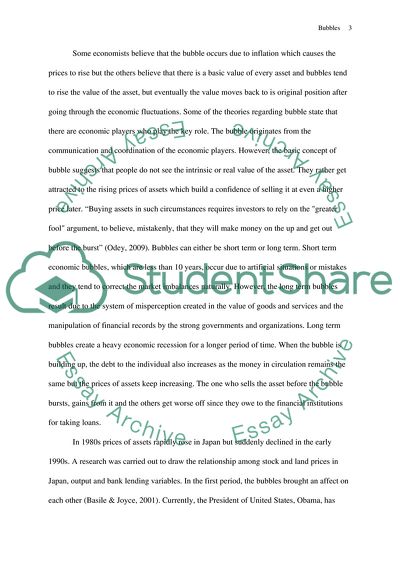Cite this document
(Economic Bubbles Essay Example | Topics and Well Written Essays - 1750 words, n.d.)
Economic Bubbles Essay Example | Topics and Well Written Essays - 1750 words. https://studentshare.org/macro-microeconomics/1729514-bubbles
Economic Bubbles Essay Example | Topics and Well Written Essays - 1750 words. https://studentshare.org/macro-microeconomics/1729514-bubbles
(Economic Bubbles Essay Example | Topics and Well Written Essays - 1750 Words)
Economic Bubbles Essay Example | Topics and Well Written Essays - 1750 Words. https://studentshare.org/macro-microeconomics/1729514-bubbles.
Economic Bubbles Essay Example | Topics and Well Written Essays - 1750 Words. https://studentshare.org/macro-microeconomics/1729514-bubbles.
“Economic Bubbles Essay Example | Topics and Well Written Essays - 1750 Words”. https://studentshare.org/macro-microeconomics/1729514-bubbles.


